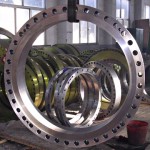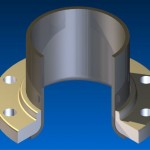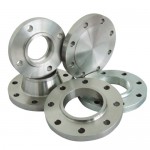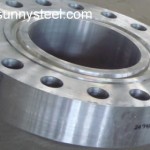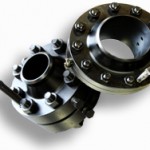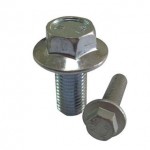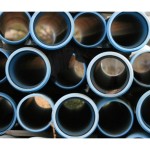Steel Flange Specifications
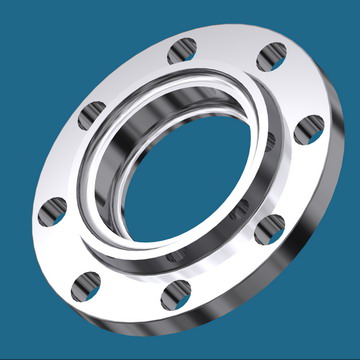
Steel flanges come in a variety of sizes for a multitude of purposes. Each type is subject to American Society of Mechanical Engineers (ASME) standards for design, tolerances and other specifications. With uses both for residential and commercial purposes, a variety of suppliers carry steel flanges, most of whom list the specifications of the individual products on their sites or on their packaging.
Industrial-Use Flanges
Specifications for steel flanges vary depending upon the intended application of the product. The standards and specifications for steel flanges for industrial use are very strict. Used by industries such as Petrochemical and Water Supply, flanges for these purposes must meet specifications that ensure that they are suited to the specific pressure temperature and coupling requirements of their specific tasks. Failure to meet such specifications in any of these industries could cause a catastrophic leak.
Residential Steel Flanges
In the home, steel flanges can be used in heating and cooling systems. These systems usually operate to some degree through a transfer of water or steam to heat or cool. For example, homes that still use radiators, must force hot water into the coils to create heat. These systems all employ steel flanges in their operation, and, as with the specifications for industrial flanges, these flanges must meet specific coupling and temperature resistant requirements to avoid a failure.
ASME Specifications for Steel
Perhaps the most important aspect of a steel flange’s specifications relates to the steel from which it is made. The ASME has very strict standards and rigorous tests for steel. Because flanges are located at points of pipe coupling, they are under additional pressure. The ASME has specific testing protocols for testing tensile strength of steel. Additionally, the guidelines also require that steel be tested for response to temperature variations and impact.

